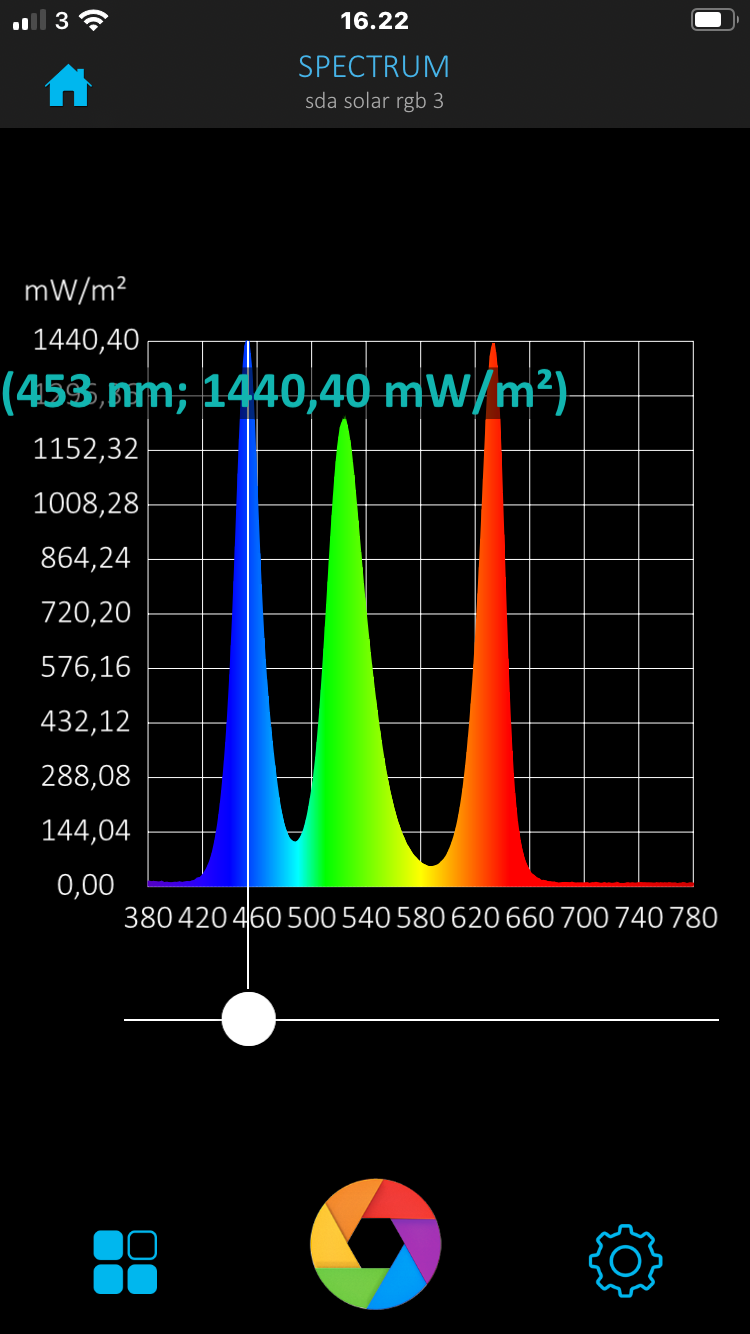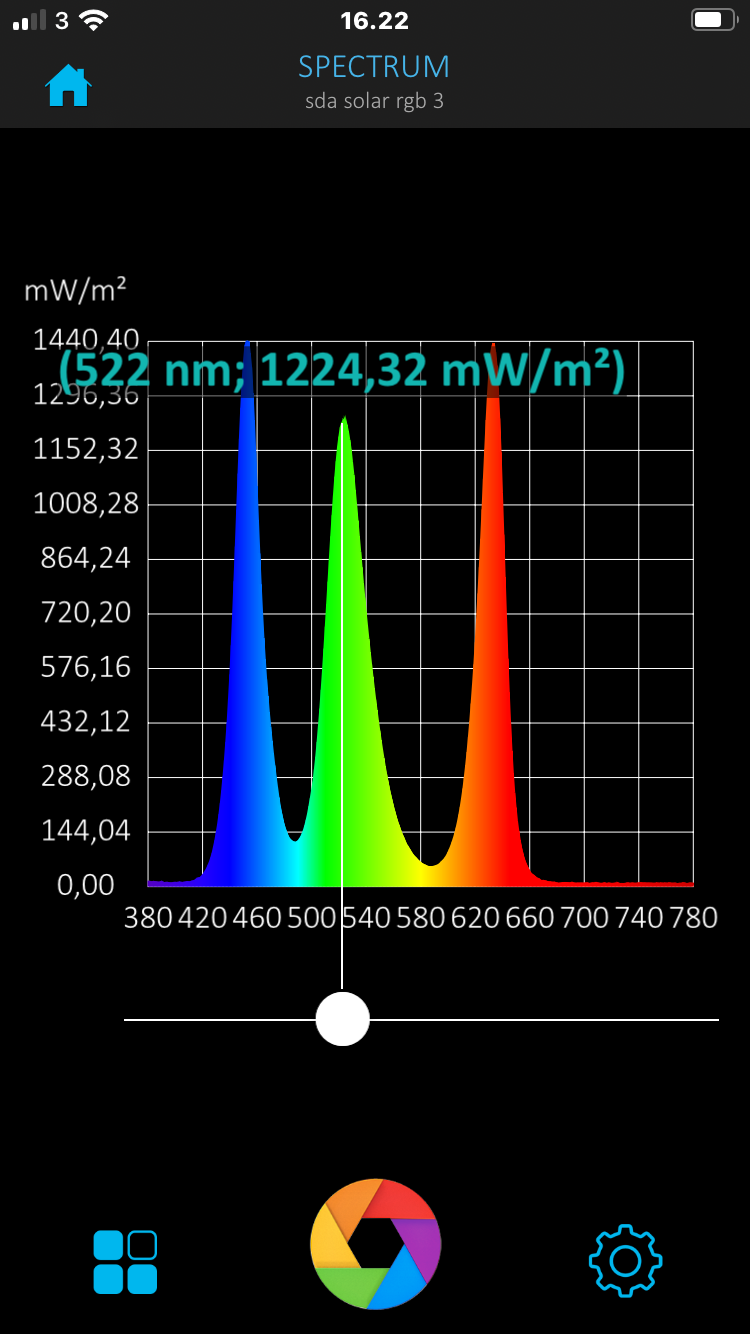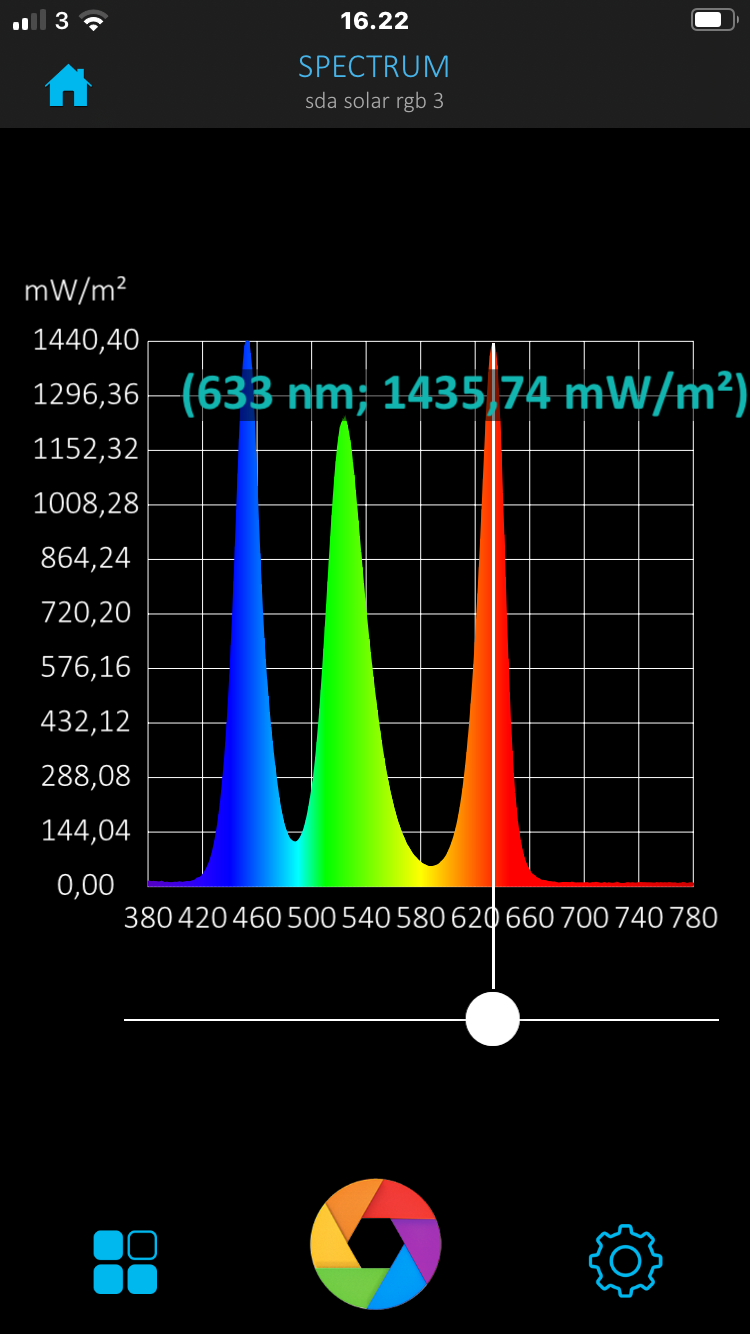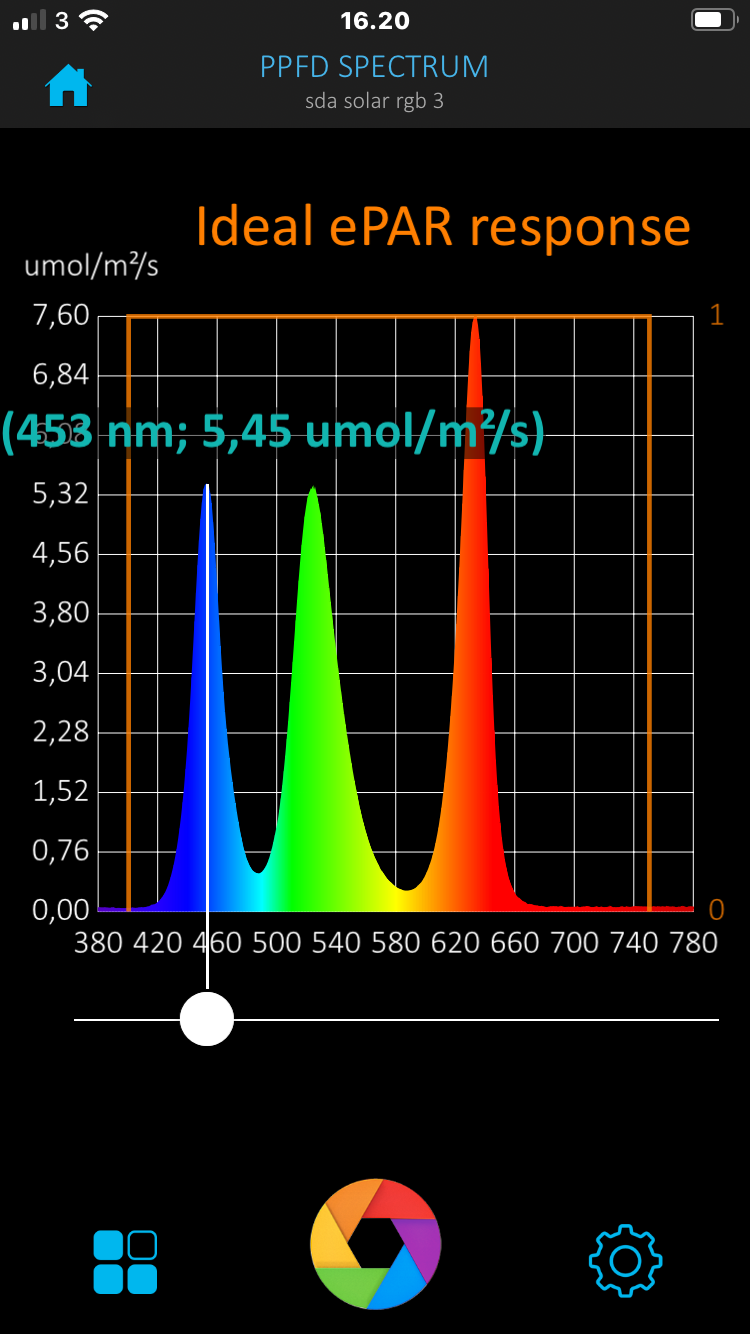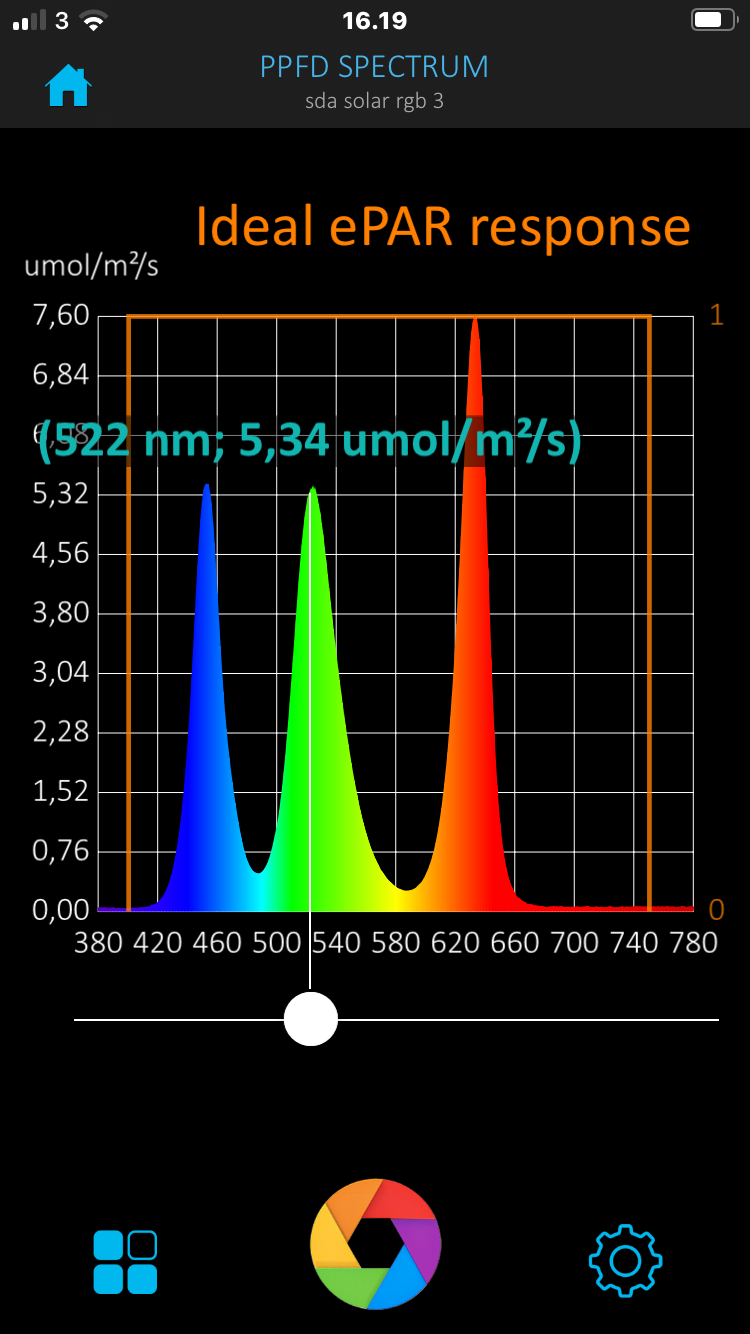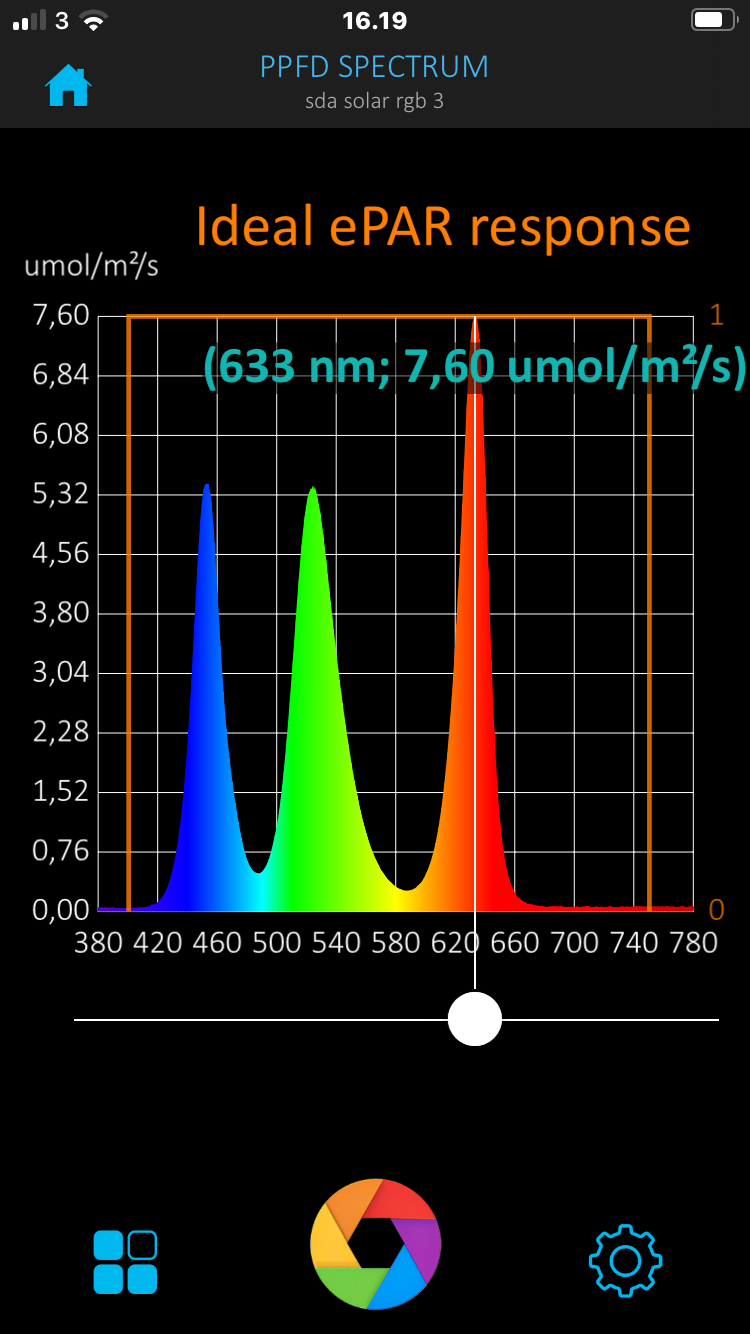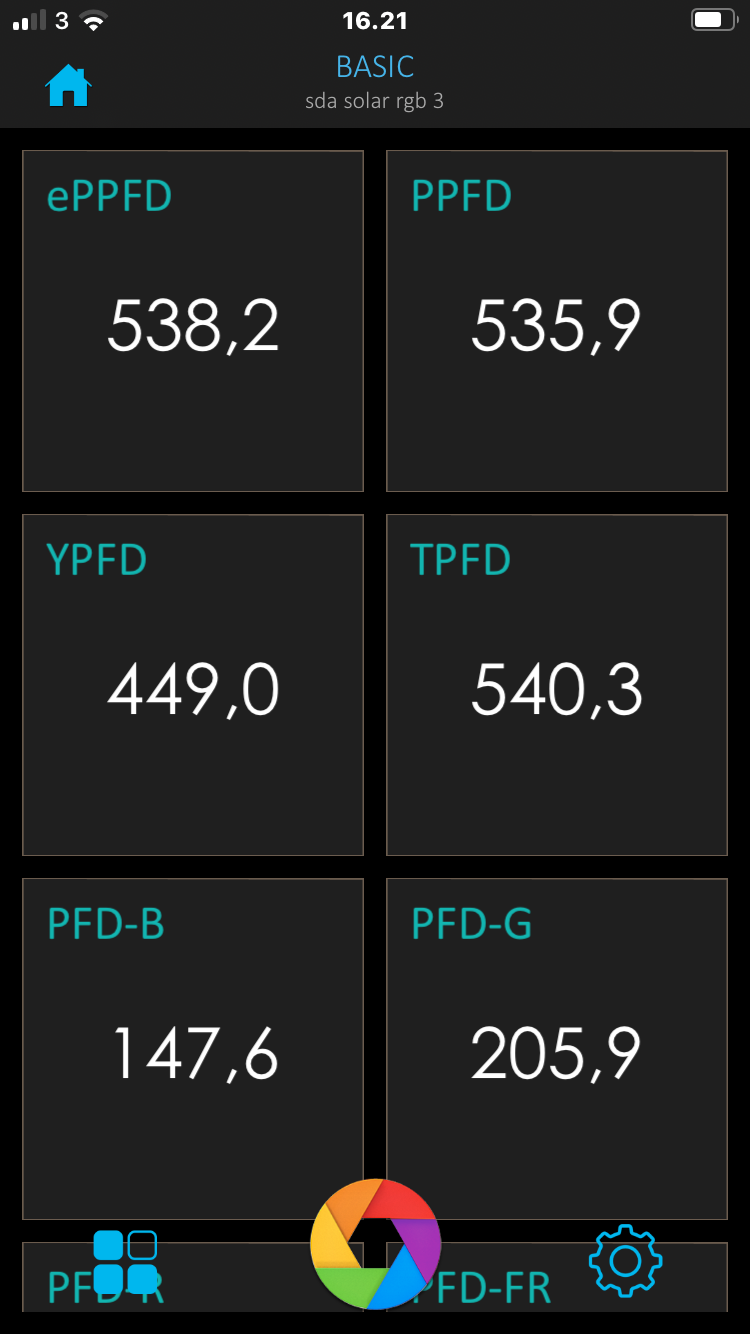Not entirely sure what you mean… for sure, tropical means between ~23 degrees North and ~23 deg South … so I might have confined my argument half a dozen degrees or so, but let’s say tropical and partial subtropical then.
I though that was obvious.
Most of the plants used are not true freshwater plants. On top of that if you look at where many of the plants grow you will find that they grow well into the temperate zone. Some are pure temperate zone plants.
I can’t see how William Ockham’s namesake principle of parsimony applies here… Mother Nature is NOT following that principle - She missed the memo I suppose.
No, but it should be a principle we use when looking for explanations.
I like your wife’s analogy, but I am not sure how that fits into this discussion… in this case I take it as a rhetorical straw-man, as no one said the constituent of our light is inconsequential… it’s just that unless it’s far off the rails, it’s much less
consequential than most of all the other things we are doing with our tanks.
Post #12:
I took from that that you have not been looking at the spectral powerdistribution on a lot of the popular lights in the hobby. Many of them are only OK for growing plants, but that is it.
We can not rely on our eyes to tell us if a light is good or not (well we can see how the plants grow, but not by just looking at the light).
Why is it that people try and optimize CO2 and micro/macro ferts and then go on with the doktrin of plants are adaptable and can handle almost any light we provide them with?
Looking in the literature it is clear that the importance of mosts parts of the solar spectrum plays some role in plant growth/development.
If you’re in a laboratory environment there is usually a serious reason why you need precision. One of the most important lessons I learned from lab classes back in the day at that shoddy school in Pasadena was to assess precision, when it matters and how it relates to what is being measured and the conditions under which the measurements are made. It’s futile to try and be more accurate than the underlying conditions allow for.
Indeed, but how many do the readings in the aquarium with plants and at different times of the day to see what contributions they have from other sources.
I will argue that most people does not even need to bother with PAR readings.
Being off by 10-15% with a good PAR measurement App is really not bad at all. If there are any serious arguments to the contrary relevant to our hobby I’m certainly all ears. 👂
Because PAR without the knowledge of the spectral powerdistribution is not that useful. I have been experimenting with lights over the last 5 years and found that the closer I can get the spectral powerdistribution to that from the sun (within the 380 nm to 760 nm range) the less intensity I have needed for getting good growth.
I have never used a PAR app for a phone, I have read about people testing them and yes the good ones are indeed within 5%, but if you don’t know the spectral powerdistribution then you are working in the dark. On the other hand some apps are as much as 40% off… and let us be honest, Apogees MQ-510 is not that expensive.

 migrolight.com
migrolight.com




